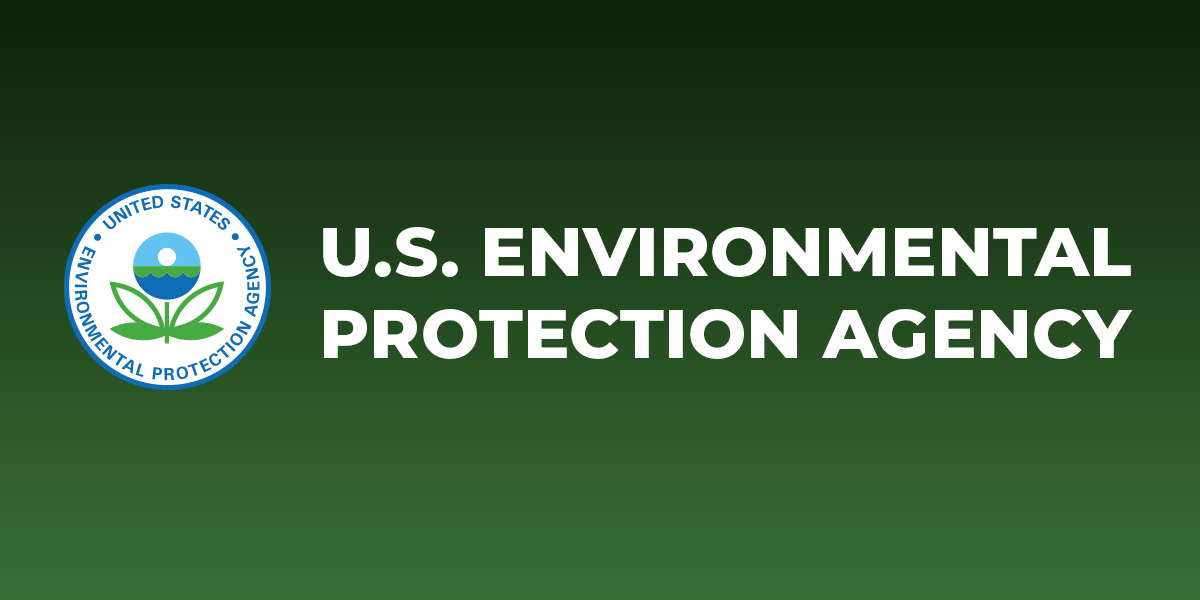Summary of the Clean Air Act | US EPA
The Clean Air Act, or CAA, is the comprehensive federal law that regulates air emissions from stationary and mobile sources, using standards such as National Ambient Air Quality Standards (NAAQS) and maximum achievable control technology (MACT) standards.| US EPA

